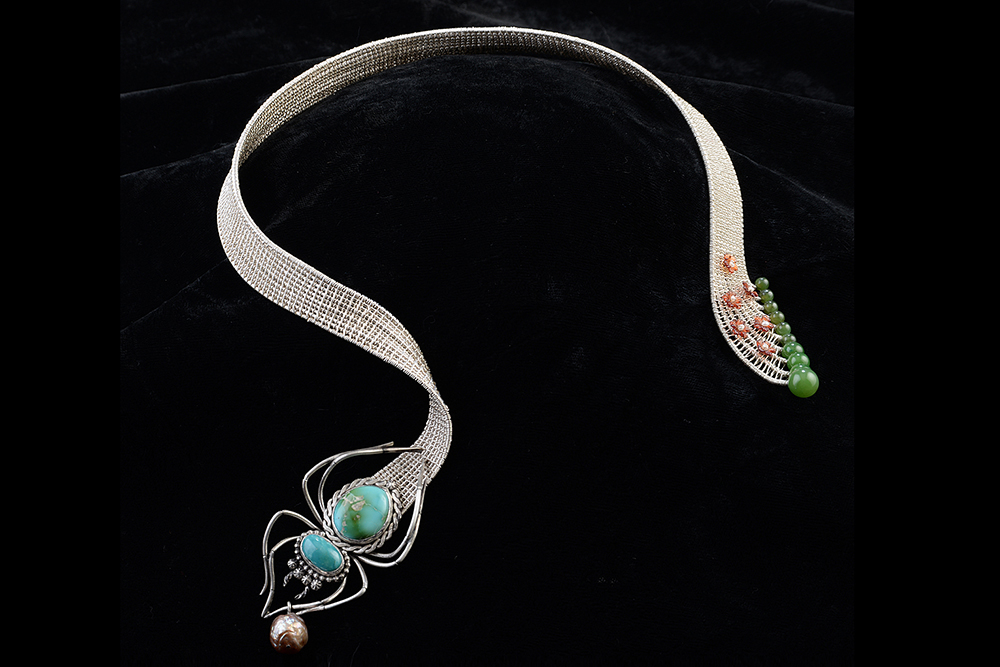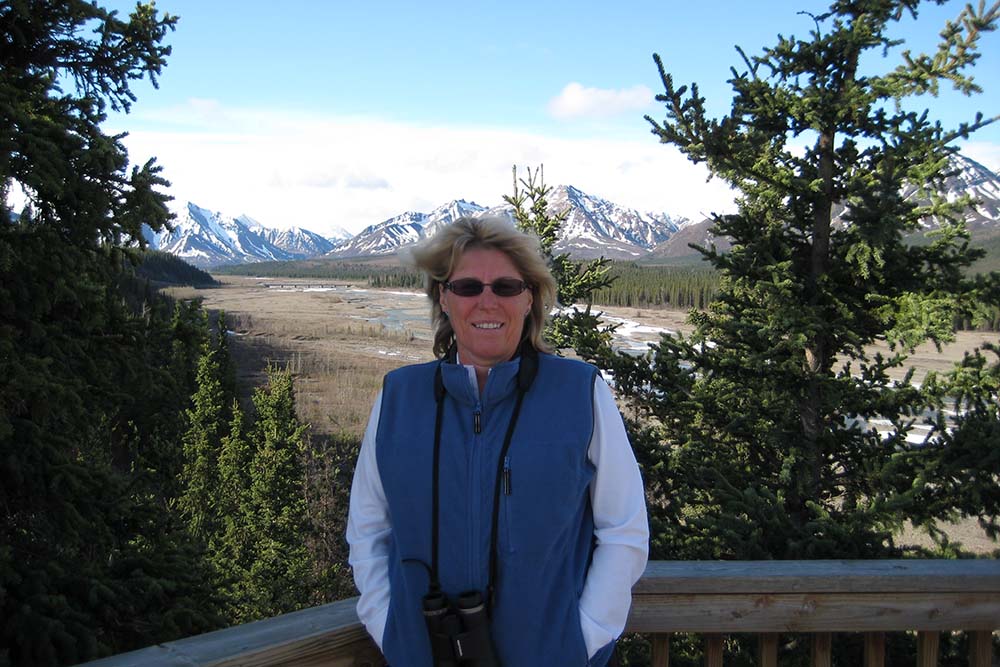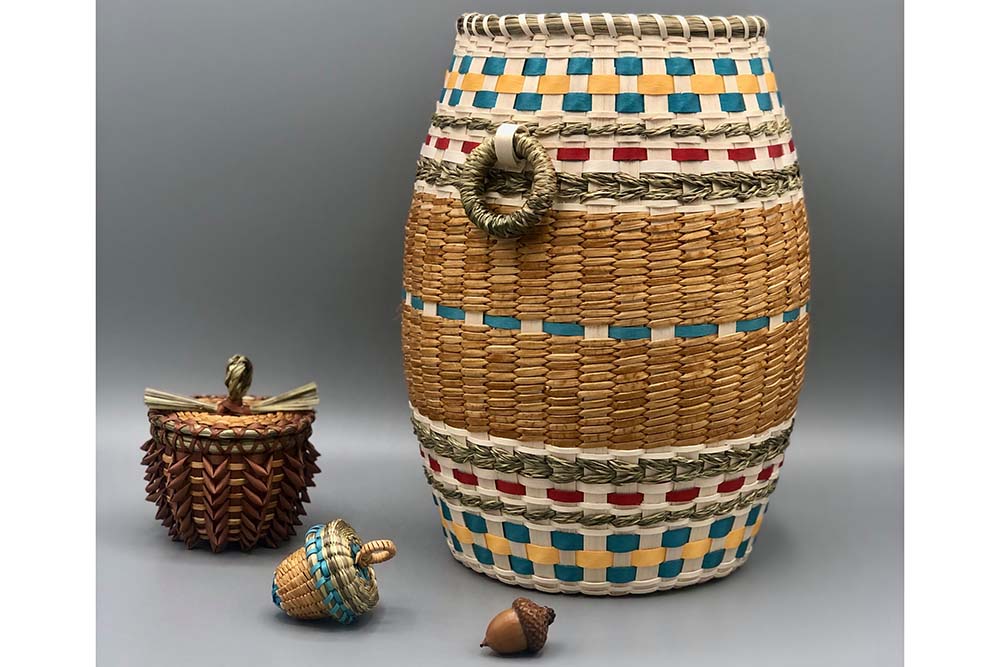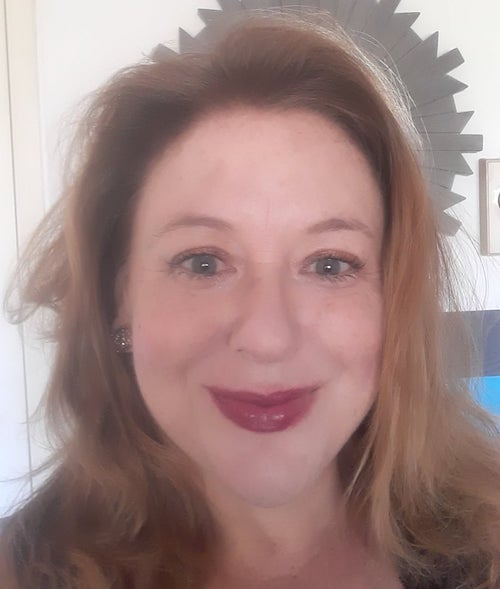
- Details
- By Tamara Ikenberg
- Arts and Culture
With this year’s art market season promising to be as wild and unpredictable as the last, artists and museum and market professionals are plunging in with a year’s worth of experience in pivoting, navigating and developing virtual events. At this pivotal moment, Tribal Business News is checking in with five veteran art market organizers and artists about their expectations and approaches to this year’s Native art market season. In today’s installment, we spoke with Anna Flynn, chair of the Heard Museum Guild Indian Fair and Market in Phoenix, Ariz. The Heard Market was the last major in-person Natve art market of 2020, and it returns in hybrid form with a virtual market and live juried show on Friday, March 5.

A lot of Guild members said, ‘Why are you doing this? You should just not have one.’ We said no, this is the 63rd annual we are having, we’re going to have something. We want the continuity. Last spring and summer, we had to kind of guess what was going to be happening in March 2021. With everything that was being projected, we felt like it was probably not going to be safe to have a large live event. We thought: Is there any way we could do a hybrid online and in-person event? Even though we’ve never done virtual, we just jumped all the way in and did something hybrid.
What are your expectations for revenue this year?
We always try to end up with a net of at least $100,000, and that’s the Guild’s gift to the Heard Museum. It’s kind of the magic number. This year, our goal is to break even. I would love to net something and be able to gift the museum something, even if it was a small amount. We’re trying to still do other things that cost money. We’ve still got to do marketing and we had to design a new website, and those sorts of things. There are costs to run the live juried competition, like buying the ribbons and hiring the videographer. There are costs associated with just pulling off what we’re doing.
What worries you the most and what excites you the most about this year’s event?
We’re most excited about the live juried competition show and sale because we’ve gotten over 200 wonderful pieces from 100 artists. We have $76,000 total to give out for the winners, and the best of show award is $15,000. The part that’s the most nerve wracking is we have no idea how many people will come to the market and browse through the artists’ online galleries. The market is free of charge and we didn’t sell tickets, so we won’t know until they come online. It’s all about driving traffic to the artists’ sites. First, we have to drive traffic to the fair’s site, and then lead them to the artist’s sites from the landing page where they’re all listed with links.
 Baskets by Penobscot weaver Theresa Secord will be available at the virtual Heard Museum Guild Indian Fair and Market from Friday, March 5 through Sunday, March 7, 2021. (Theresa Secord)
Baskets by Penobscot weaver Theresa Secord will be available at the virtual Heard Museum Guild Indian Fair and Market from Friday, March 5 through Sunday, March 7, 2021. (Theresa Secord)
Why did you decide to have a live juried show?
People didn’t like the idea of judging the art off of images, because it’s really hard to get the detail of what you’re looking at. We wanted to go kind of big on that piece. We also thought that if the artists go through all the trouble and expense to get the art to us that we wanted to try to facilitate the sale of that art. We’re using the GivSmart platform, which we’ve used for auctions before. It has an instant buy function, so that way, we can turn it into a sale for the artist because we didn’t want to have an auction.
How are you making it COVID-safe?
We’re having the show in our huge auditorium, and we can only allow 25 people in every half hour, and we require masks and the whole bit. We have everything spread out and a pathway that people will go through. Since it’s such a limited number of people who can come on site, we decided to also have the show online.
Did you get any inspiration or assistance for this year’s market from events that pivoted online last year?
We give many thanks to the Southwestern Association for Indian Arts (SWAIA), which puts on the Santa Fe Indian Market, because they did such a good job last year providing websites for artists who didn’t already have one. We did not have the funding to do that, but we’ve benefited from artists who participate in both Santa Fe Indian Market and the Heard market, who got a website going because the websites are still up and running. Our market is one weekend, but the question is: Can we keep some version of it going on year round now that we’re connected to all these artists’ e-commerce sites? That’s a complete shift in thinking about what a fair is.
In the post-pandemic world, how will virtual and live markets coexist?
That’s a question that we’re really struggling with. I think there’s a lot about the virtual that we want to try to hold on to. This is a great opportunity to expand our reach with artists and attract a younger audience because they’re more techie. And then I think there will always be artists and visitors who want the face to face. I know I love it. But can we do both? Because you’re kind of running two parallel events and the logistics of doing that are difficult. But I think it’s doable if we have the right people.
